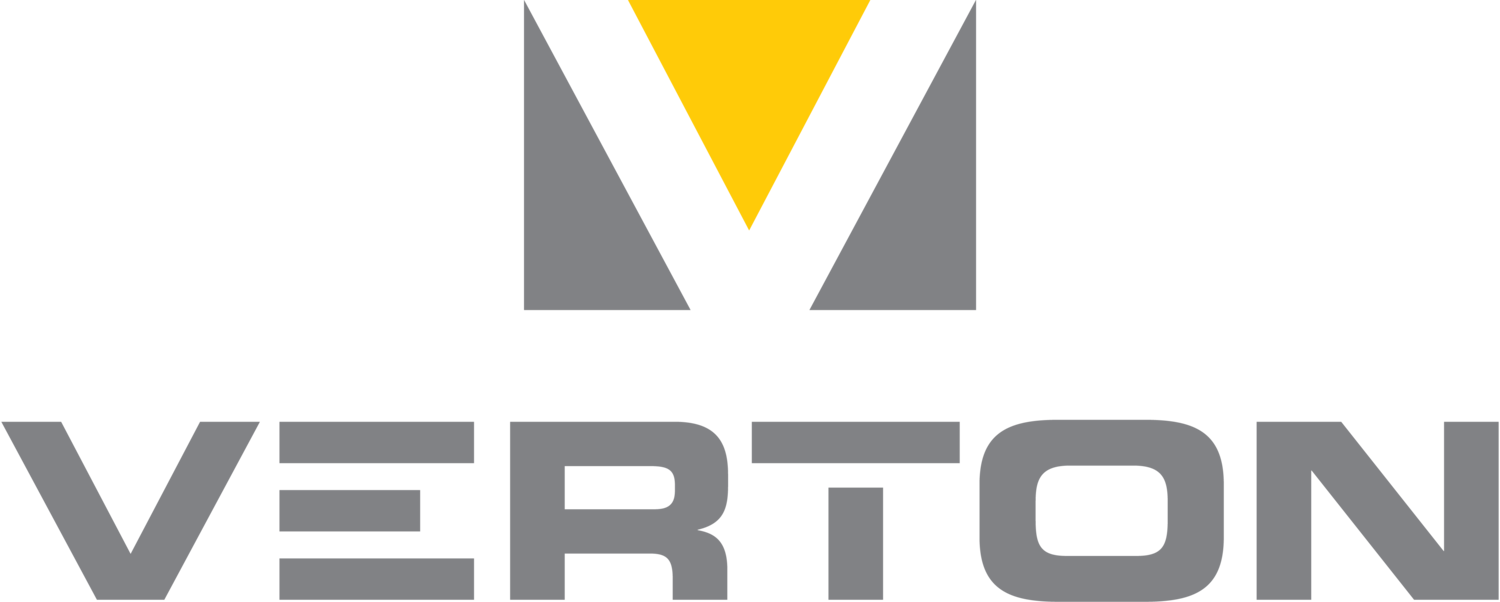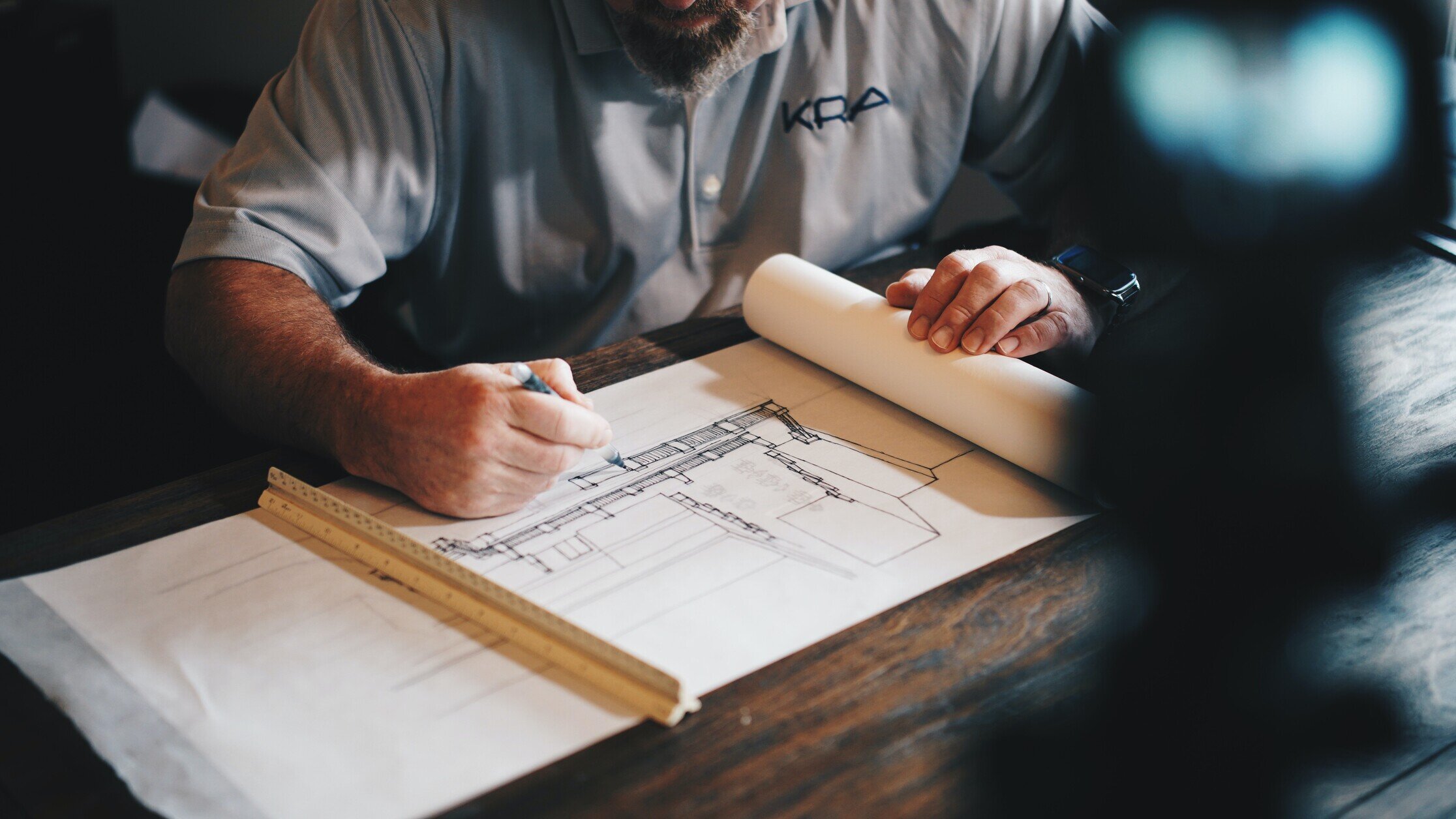Demand for Pre-cast and Prefabricated Concrete in Construction Grows
According to Global Construction 2030: A global forecast for the construction industry to 2030 [1], construction output will grow by 85% to $15.5 trillion worldwide by 2030, with three countries (China, the US and India) accounting for 57% of global growth. As demand increases, the need for high-quality building materials that can be manufactured off-site and moved into position simply and efficiently is growing, helping to speed up build times without compromising on quality and safety.
Precast and prefabricated concrete solutions are a popular and effective way of helping to reduce construction timescales. Precast concrete walls and panels are created by casting concrete in large, reusable moulds off-site (when the same process is followed on-site, this is referred to as Tilt Wall Construction). Prefabricated concrete panels are cast off-site in a similar way, but to the exact dimensions specified for a building project, resulting in lower material waste. Both solutions can produce consistently high-quality building materials thanks to strict factory quality control measures, and can contribute to rapid construction, though the component parts are generally large and extremely heavy, resulting in the need for a crane in the construction process.
Traditionally, the use of cranes on construction sites relied heavily on tag lines – ropes attached to lifted loads to prevent spinning and damage, and help manoeuvre panels into the right position for the building project. The use of these tag lines means that construction staff are required in the ‘danger zone’, working close to the lifted load and therefore increasing the risk of on-site injury. Orienting and placing large precast and prefabricated concrete elements using tag lines is also a time consuming process, relying on experienced ground crew to shift the position of the panels. The use of a remote controlled load-management system, like the Everest SpinPod series, can not only help to improve on-site safety by moving construction staff away from the lifting area, but can also help to precisely orientate loads and speed up the process of positioning walls and panels, making it a useful tool when precast or prefabricated concrete components are used in any construction project.
If you would like to find out more about any of Verton’s Lifting Solutions, please get in touch and we’ll get back to you as soon as possible.
[1] Robinson, G., 2019. Global construction market to grow $8 trillion by 2030: driven by China, US and India. Glob. Constr, 2030, pp.8-10. Source: https://www.ice.org.uk/ICEDevelopmentWebPortal/media/Documents/News/ICE%20News/Global-Construction-press-release.pdf

